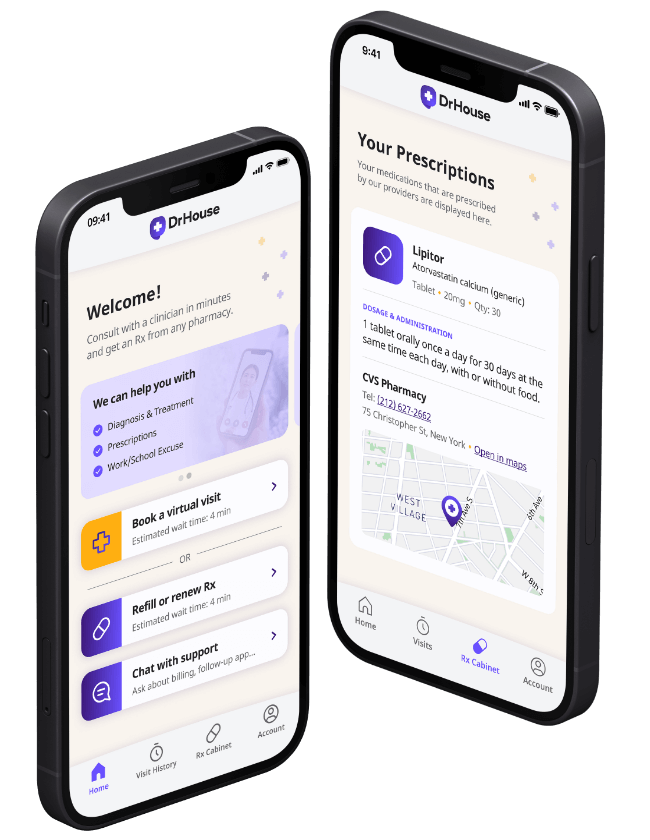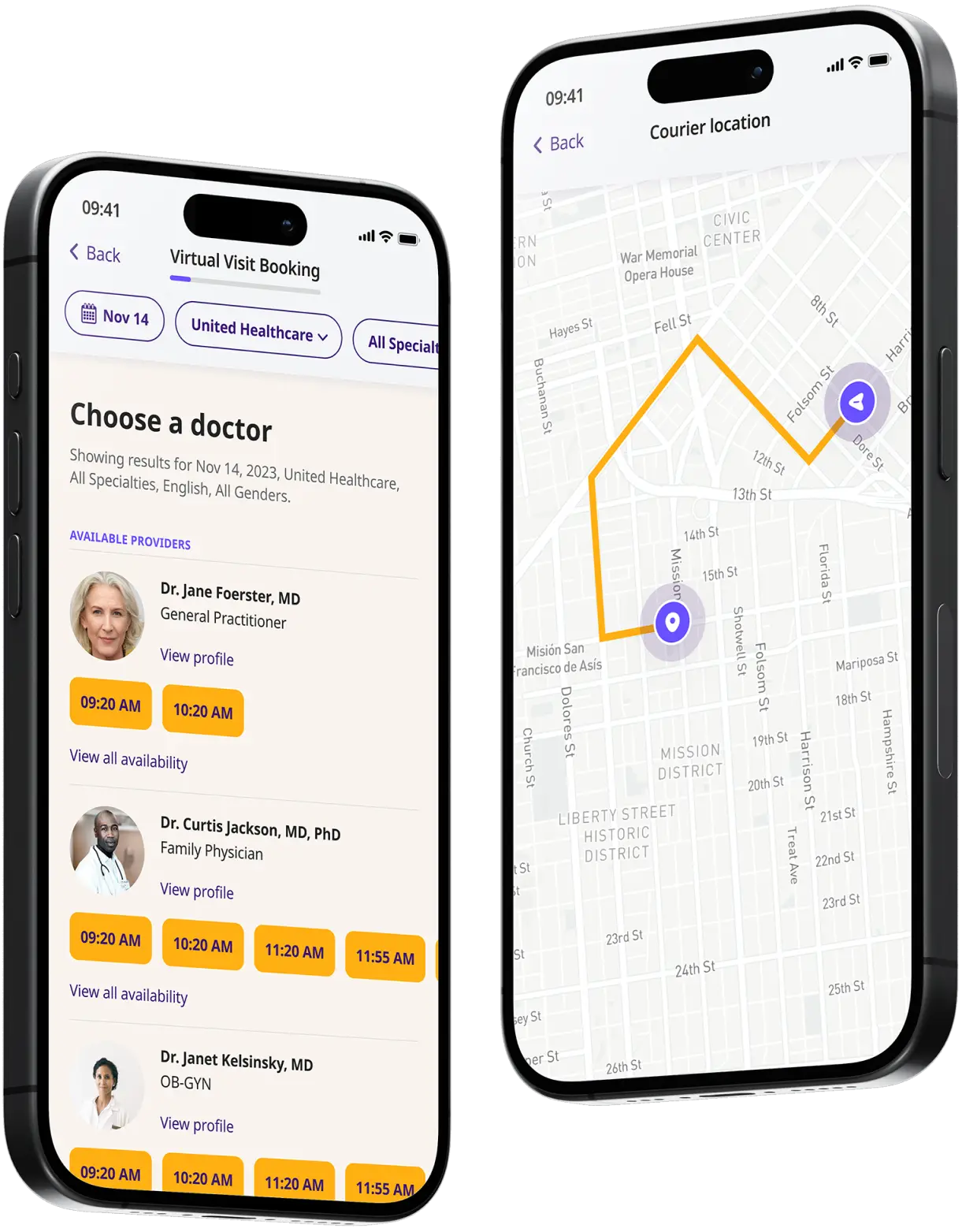Get a Fluocinonide Prescription Online
Get fluocinonide prescribed online for fast relief from skin irritation. Our doctors are available 24/7 to help you start treatment.
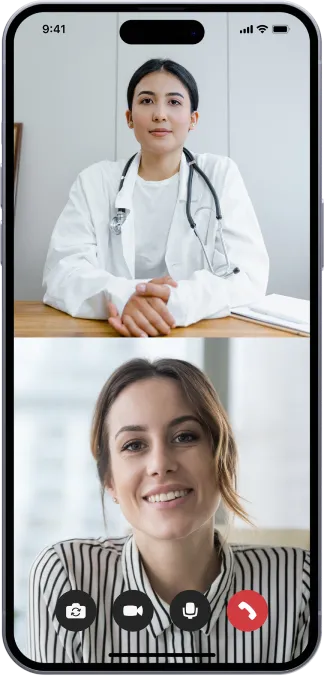
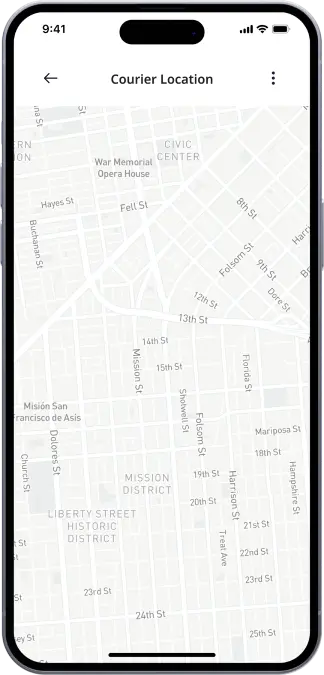
Available in 50 states. Insurance accepted.
Fast
virtual visits
24/7 care
assistants
Prescriptions
as needed

24/7 Personal Care
Consult with a physician in 15 minutes, refill an Rx or chat with our care assistants.

Affordable & Convenient
See your cost upfront and get treatment for hundreds of different conditions.

Insurance Accepted
We accept most major insurance plans, making healthcare easy and affordable.
See If Delivery Is Available Near You
Delivery Not Available
Enter your ZIP code to check if prescription delivery is available in your area and how soon your meds could arrive.
How to get started
Choose your doctor, start a virtual visit, and have your prescriptions sent to your preferred pharmacy for pickup — all in just a few easy steps.
Choose a doctor
Choose a physician by availability, specialty, ratings, and more.
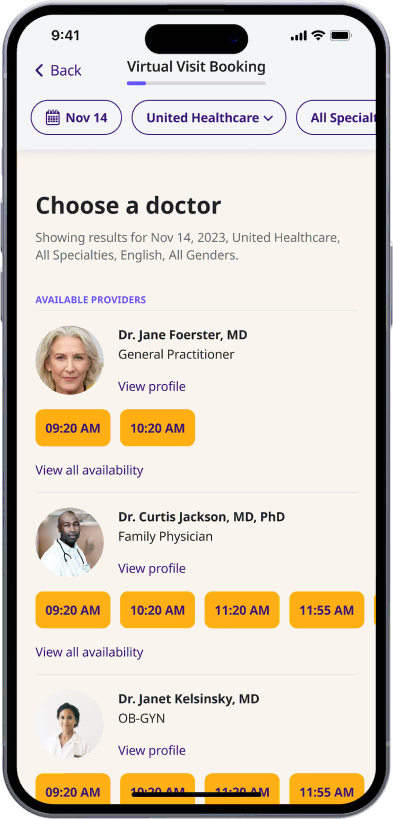
Start your video visit
Connect with a doctor in minutes on a secure video call.
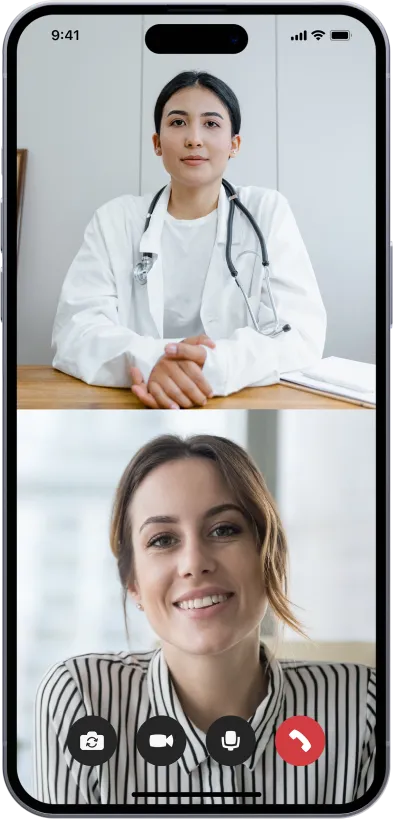
Get your prescription
Pick up your meds or have them delivered in as little as an hour.
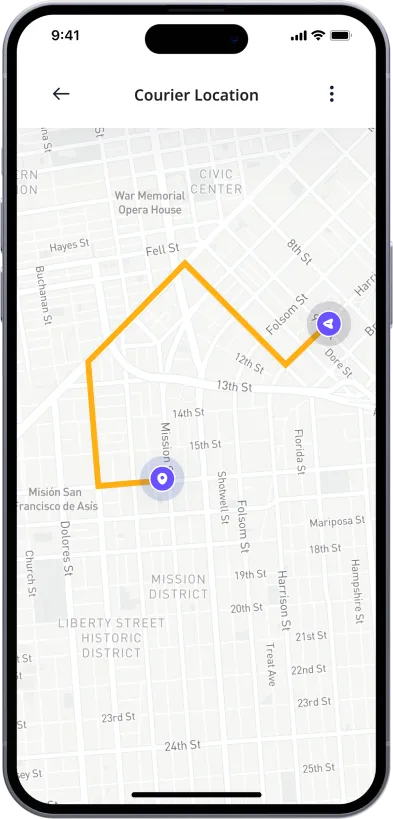
Available in 50 states. Insurance accepted.
One-Time
Physician Visit
One-time visit with a physician for diagnosis, treatment, Rx, labs, referrals, and doctor’s notes.
Accepted Insurances
See why people turn to DrHouse...
As seen in

Fluocinonide (Fluocinonide-E, Fluovix, Vanos, Lidex, Licon)
Fluocinonide is a topical medication used for treating various skin conditions. It belongs to the family of corticosteroids and works by reducing inflammation, itching, and redness. It is considered either a high potency (class II) or a super high potency (class I) steroid, depending on the solution.
It is commonly used to manage itching, redness, dryness, crusting, scaling, inflammation, and discomfort in skin conditions such as eczema, psoriasis, and dermatitis.
Fluocinonide works by mimicking the actions of naturally occurring hormones produced by the adrenal glands. These hormones are involved in regulating various bodily processes, including inflammatory responses.
When applied to the skin, fluocinonide exerts its effect by preventing the release of substances in the body that cause inflammation. This action helps to reduce swelling, redness, and itching in the affected area.
It is important to note that while fluocinonide can control symptoms, it is not a cure for underlying skin conditions.
Fluocinonide is available in cream, gel, ointment, and solution forms. With
In the United States, fluocinonide is available under the following brand names:
- Fluocinonide-E
- Fluovix
- Vanos
- Lidex
- Licon
Common side effects associated with fluocinonide may include:
- Mild irritation in the area where the medication was applied
- Itching and mild burning of the skin
- Dryness of skin
- Headache
- Nasal congestion
- Acne
- Stretch marks
More serious side effects that should be reported to your healthcare provider immediately may include:
- Worsening of your skin condition
- Severe irritation in the area of the area where the medication was applied
- Blurred vision, tunnel vision, eye pain, or seeing halos around lights
- Severe rash
- Redness, swelling, oozing pus, or other signs of a skin infection
- Fatigue
- Muscle weakness
The above lists of possible side effects associated with fluocinonide are not exhaustive and other side effects may occur. If you experience any severe or persistent side effects while taking fluocinonide, it is important to contact your healthcare provider right away.
Frequently Asked Questions About Fluocinonide
What Is Fluocinonide Used to Treat?
Fluocinonide can be used to manage symptoms of a variety of skin conditions that may cause inflammation, itching, and redness.
Some common skin conditions that may be treated with fluocinonide include eczema, psoriasis, contact dermatitis, and allergic reactions.
What Are the Most Common Side Effects of Fluocinonide?
As with many topical medications the most common side effects of fluocinonide are skin-related and usually include symptoms such as burning, itching, irritation, dryness, or redness at the site of application.
Other potential side effects include acne, stretch marks, and headaches.
What Is the Typical Starting Dose of Fluocinonide?
The exact dosage of fluocinonide will depend on the form and strength prescribed as well as the severity and location of the skin condition being treated.
Generally, a thin layer of 0.05% or 0.1% fluocinonide cream is applied to the affected area once or twice daily, or as directed by a healthcare professional.
It is important to follow the dosage instructions provided by a healthcare professional and not use more of the medication than prescribed, as it can increase the risk of side effects.
How to Use Fluocinonide?
Make sure to carefully follow the instructions provided by a healthcare professional when using fluocinonide.
Before applying the medication, clean and dry the affected area. Then, apply a thin layer of the medication to cover the affected skin and gently rub it in. Avoid getting fluocinonide near your eyes, mouth, or nose as it may cause irritation.
Do not cover or bandage the treated area unless directed by a healthcare professional. This can increase the absorption of fluocinonide into the body and increase the risk of side effects.
Can Fluocinonide Be Used During Pregnancy or While Breastfeeding?
In general, the use of topical corticosteroids, like fluocinonide, is not associated with a significant risk of adverse pregnancy outcomes. However, due to limited research, it’s essential to use these medications under the guidance of a healthcare provider, especially during pregnancy or while breastfeeding. A healthcare professional can weigh the benefits against any potential risks to ensure the safety of both the mother and the baby.
Do You Need a Prescription for Fluocinonide?
Yes, fluocinonide is a prescription medication and cannot be purchased over the counter. It should only be used under the guidance of a healthcare professional to ensure appropriate use and monitoring for potential side effects.
Can You Get an Online Prescription for Fluocinonide From DrHouse?
Yes, if a doctor deems it appropriate, the providers at DrHouse can prescribe fluocinonide and manage its refills online.
For more detailed information about fluocinonide, you can refer to the following sources:
Related services
Explore more of our services tailored to your needs and discover additional ways we can support your healthcare needs.
Frequently asked questions


